Back home, holistic healing seems to be associated with hippies and communes, but holistic healing in Nepal is common. While I’m guilty of going to the doctor whenever I’m sick, I also believe in the long term benefits of practicing a healthy lifestyle for both my mind and body. I believe a lot of our health issues start from things like stress, and I can attest to the fact that being less stressed mentally has made me a physically healthier person.
A few years ago, I worked in the fashion industry. There were weeks that I worked all hours of the night. There were days where I felt so stressed out that I was on the verge of panic attacks. I put so much pressure on myself, that at the age of 21, I thought I was getting an ulcer. An ulcer! I left the industry, its crazy hours and unhealthy work environment behind, and suddenly I felt like a new person. I began to surround myself with positive energy. I practiced yoga, meditated, and gave myself “me” time. Now, I rarely get sick and my immune system feels so much stronger.
Nepal is a mecca for holistic healing and natural remedies. I felt like I should give a few of these treatments a try before heading back home to the stress of everyday life in the U.S. Plus, a massage that would normally cost $100 in the U.S. is only $15 in Nepal, making it the perfect place to be blissed out on spa and therapy treatments. Here’s the ones I gave a try…
Holistic Healing in Nepal
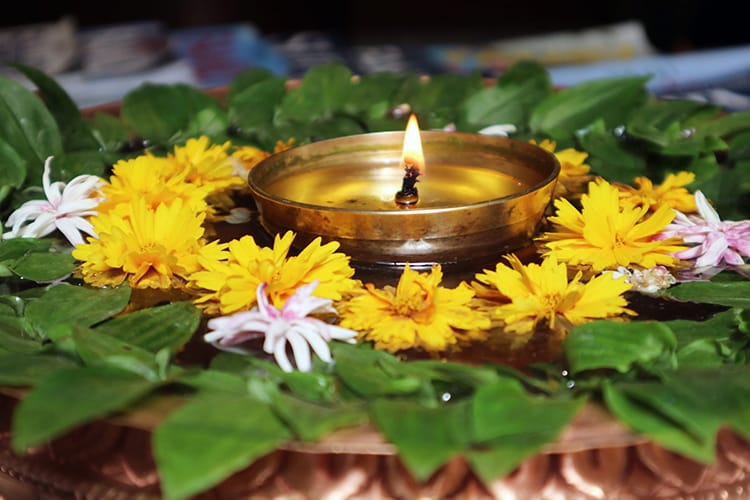
Ayurvedic Massage
Ayurvedic massages are extremely popular in South Asian countries like Nepal and India where natural healing is often chosen over prescription medications. An Ayurvedic massage is very similar to a regular massage which is meant to be highly relaxing. The biggest difference here is that the oils used to massage you are infused with Ayurvedic herbs that benefit both the nervous system and immune system. Some popular herbs used include cardamom, cumin, licorice, turmeric, and basil. You can also request a picu or vasti massage which involves leaving the warm oil in one place on the body for an extended period before the massage.
There are many places around Nepal that offer this type of massage, but I’d recommend Tranquility Spa if you’re on a budget in Kathmandu. I left feeling relaxed and revitalized after my massage. And hey, if it’s good for my health then it’s a great excuse to get massages more often.
Reiki
Reiki was developed in Japan as a way to reduce stress and bring on relaxation. It’s based off the idea that everything in this world is made of energy, and that energy can be transferred from one thing to another. If you’re low on energy, you’re more likely to have stress, anxiety, depression, and even physical ailments. If you have a high amount of energy, you’re more likely to be happy and healthy. A reiki practitioner will move their hands over parts of your body and channel their energy there to heal your mind and body. I went for a one hour session and was shocked not only at what I felt, but also by what insight the swami had at the end based on what he felt from my energy in different parts of my body.
You can read about my experience in this post about Reiki in Nepal. I went to the Dynamic Singing Bowls & Healing Center in Thamel. My treatment was with Swami Basu Samarpan, and I highly recommend him.
Sound Healing
Sound healing has just begun to gain popularity in the western world, but here in Kathmandu it’s a fairly common practice. If you have a private session like I did, you lay down on your back while being surrounded by singing bowls which are rung and moved to align with your chakras. Even if you don’t know a whole lot about chakras, it’s insanely meditative and relaxing, like having a personal singing bowl concert for you to relax to. Some known benefits include lowering high blood pressure, decreasing stress and anxiety, lessening depression, and helping with insomnia.
You can read more about my experience with sound healing. I went to the Dynamic Singing Bowls & Healing Center in Thamel.
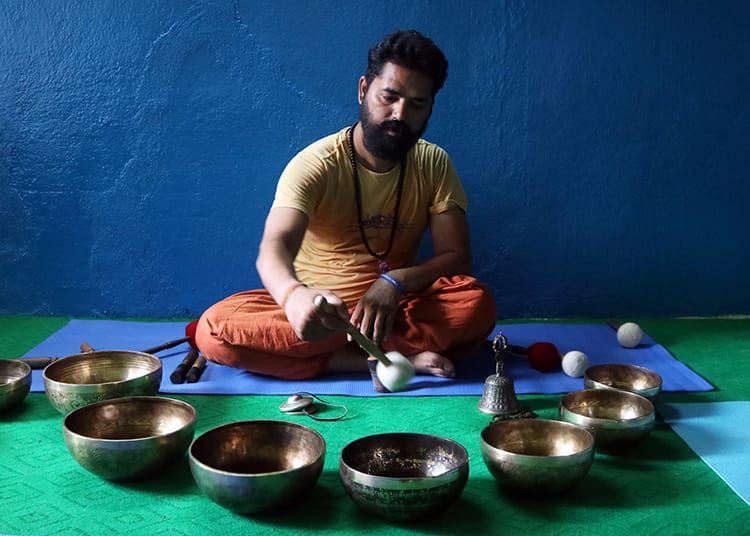
Chakra Healing
Chakra Healing is similar to sound healing in a way. It involves singing bowls, however it includes other instruments and sounds as well. I took a friend for her birthday, and we loved the experience. The healing started with a short meditation sitting up. Then we laid down while singing bowls were played that aligned with each chakra. Two healers worked to clear any blockages we had. In addition to the singing bowls, there were horns (the soothing kind you hear in a monastery), rain sticks, etc. After an hour I felt so energized and clear headed, it was amazing.
During the healing, I had my eyes closed and was meditating. I often see colors when I meditate, flashing gently like moving orbs. The cool thing about this healing was that the colors changed with each singing bowl. I rarely see bright yellow or green when I meditate so it was fun to see the colors change based on the sound. We did a one hour session at Lotus Mindfulness & Relaxation Services. I highly recommend this as it’s something you can’t find in many parts of the world, and it was such a unique experience.
Acupuncture
Acupuncture is a form of alternative medicine that was created in China. It involves putting small needles into different parts of the body. It’s believed that targeting different areas can be used to relieve pain and headaches. I had wanted to try acupuncture, but my back was still pretty bruised from the cupping (mentioned below) so I decided not to go too overboard.
Acupuncture is extremely inexpensive at the Wellness Hospital located in the Bansbari area of Kathmandu. I’ve read that sometimes you have to pay extra to buy the pins, so be sure to ask in advance. I was told it would take approximately 30 mins to complete.
Cupping
Cupping dates all the way back to ancient Egypt and is used as alternative medicine even today. The original version requires putting herbs or a flammable substance into a cup and setting it on fire. This sounds slightly terrifying to say the least. Today, cupping is generally done with a pump that creates the suction effect. It is commonly used to relieve pain, inflammation, and increase blood flow. It’s also good for removing toxins and can even be used as a massage. It’s a really strange feeling, like a giant hand is pinching your entire back. I was also extremely sore for about 24 hours. It does leave bruises for up to a week, so make sure you choose when to get this done wisely.
I did cupping at my gym after working out as a way to relieve some of my tense muscles and increase blood circulation. I had it done at Gymkhana Muay Thai located near Chakrapath in Kathmandu.
Meditation
Meditation is probably the number one way to heal your mind. Nepal is popular for it’s many meditation retreats located all over the country. One of the most popular places is Kopan Monastery near Kathmandu. While an hour session will be revitalizing, I highly recommend doing a vipassana for 10 days if you have the time. You can read about my experience meditating and what to expect from a silent retreat. Meditation can be absolutely life changing. It’s said that one hour of really good meditation is equal to two hours of sleep. It’s also known to help reduce anxiety, depression, high blood pressure, headaches, and many more health problems.
Shirodhara
Shirodhara translated means “head flow,” which is the perfect name for this Ayurvedic treatment where warm oil is poured in a constant stream onto your forehead. My treatment began with a very rough head massage that involved a lot of strong pressure being applied to my scalp as well as some hair pulling. It was kind of a weird and painful experience, but then I got to lay down for the oil treatment. At first, it took some time to get used to as it felt like the oil would spill into my eyes, but once I got comfortable, it was insanely calming. Shirodhara has been used to treat things like insomnia, neurological disorders, psoriasis, memory loss, vertigo, and anxiety.
I went to the Wellness Hospital located in the Bansbari area of Kathmandu because it was really cheap here. The hospital is nothing fancy, but for the price you really can’t go wrong. Some places charge over $80 for this treatment.
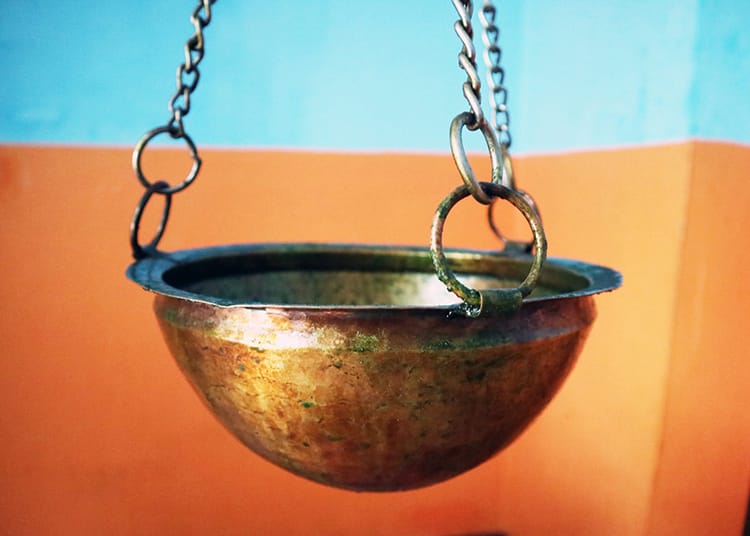
Yoga
While I practice yoga for my mind, it also has the added benefit of improving your health. Not only do you get to stay active and fit but it also helps strengthen your bones, increase your blood flow, boost your immune system, relieve depression, drop your blood pressure, lower your blood sugar, and helps you get better sleep. The benefits of yoga are countless. For me, it helps me focus and be present. I have a hard time sitting still in mediation, and yoga allows me to meditate while focusing on holding each posture and my breath. A typical yoga class in Nepal costs about $7 – $10 and they can easily be found in cities like Kathmandu and Pokhara.
You might also like…

Michelle Della Giovanna
Writer at Full Time Explorer
I’m just your average New Yorker who quit her job in the fashion industry to explore the world. Come find out what it’s like to trade in five-inch heels for squat toilets.
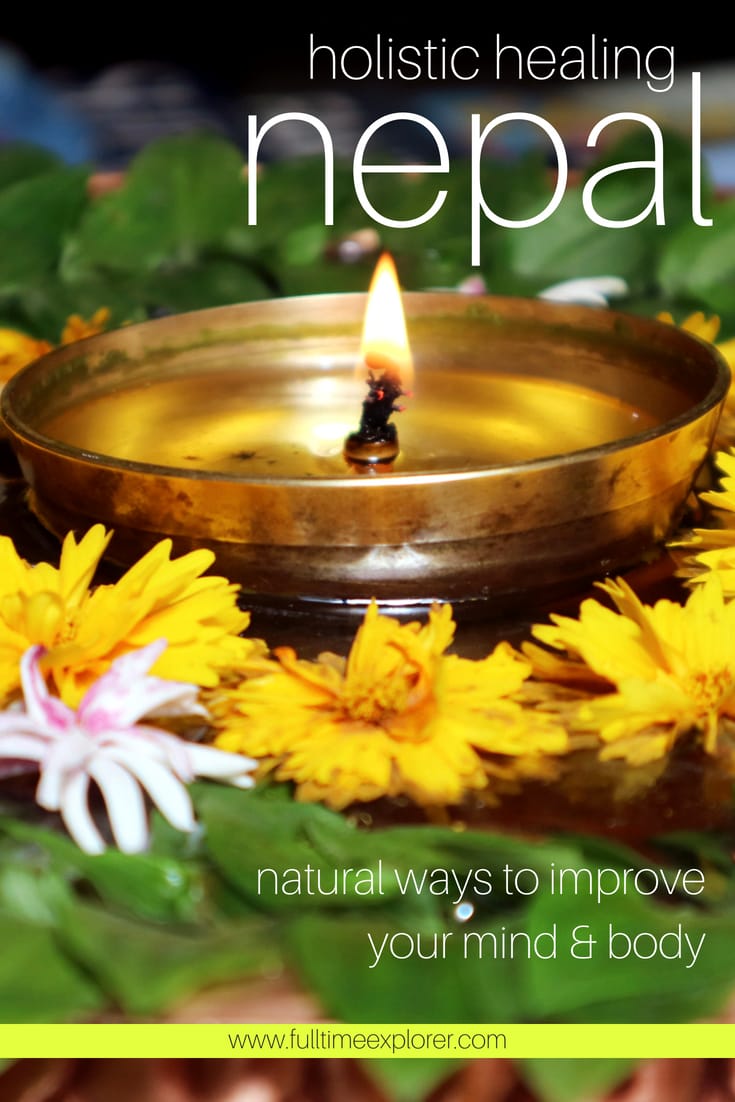

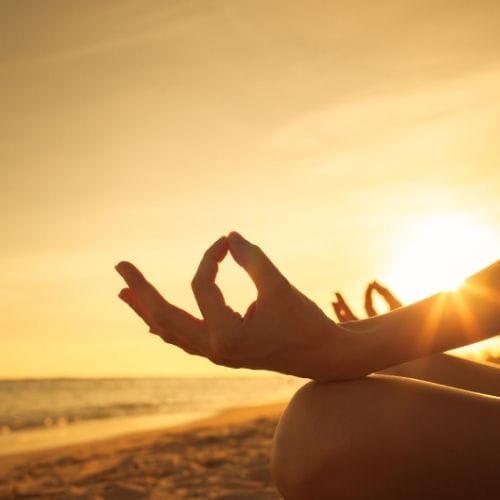
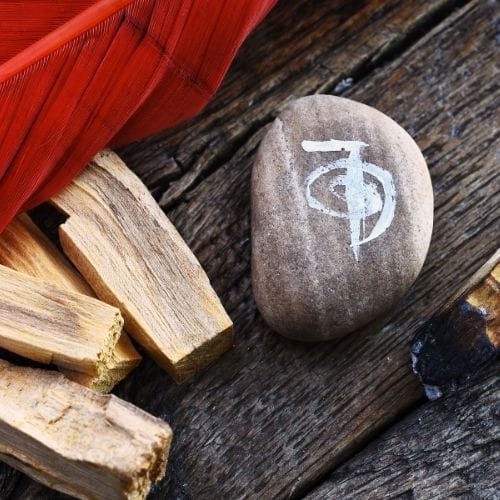
Leave a Reply